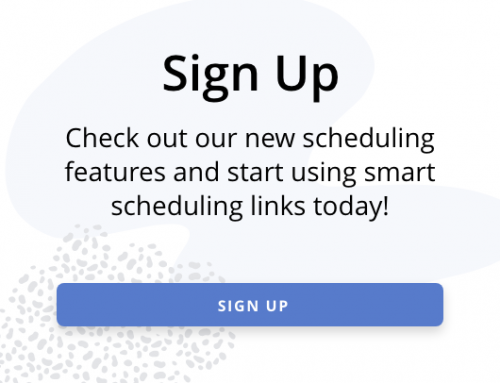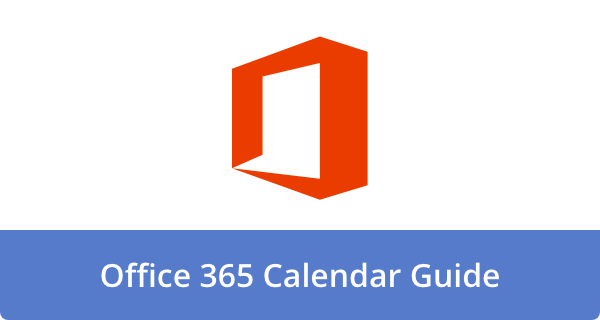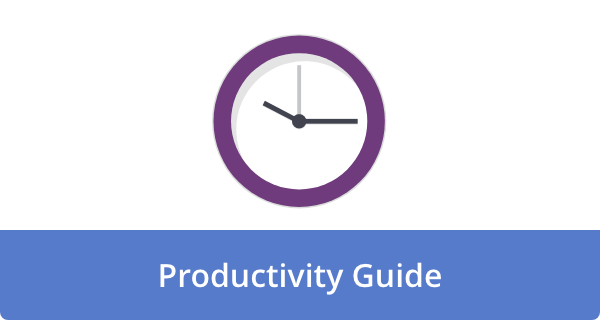

The topic of digital inclusivity has been growing in importance as the internet and online activity take on an increasingly significant role in people’s lives. Today, most people rely on the internet for all their news, information, and possibly even their jobs.
Digital inclusivity is a trend that web development is driving and making possible. It’s no longer something that commentators think would be “nice to have,” but a technical reality being implemented on millions of websites to help those with disabilities gain more access.
Of course, this drive comes on the back of regulatory pressure from the authorities. Europe is pushing ahead strongly with accessibility rules, forcing websites that don’t comply into court.
Why Accessibility Matters
Accessibility matters for many reasons. The primary driving forces are legal, but many companies know that their user base now demands equitable access to their websites.
“Things like web SDK accessibility are becoming more important to users, governments, and brands because of the shifts that we are seeing in modern society,” explains Apryse, a company that develops this type of solution. “So many firms and brands now see accessibility as a top priority, alongside other elements of marketing like SEO and PPC.”
But despite this optimism, studies show that the vast majority of websites on the internet are not “accessible.” Many site owners haven’t made the required changes under the law, leaving a significant market opportunity to transition businesses to more effective ways of doing things. It also means that companies that do focus on accessibility will stand out against their peers.
What Does Web Development For All Look Like?
Given the current state of the industry, many commentators are now wondering what web development for all truly entails. And, Apryse is one of the companies that believes it has an answer. The goal today is to embed accessibility into applications and website experiences natively, making it the primary experience.
DOCX Editor SDKs are examples of inclusive tools that are ideal for this purpose. They can be adapted to help people with various disabilities, whether cognitive or otherwise, and enable them to interact with services at the same levels as other users.
These tools are particularly helpful in low-bandwidth environments or when users are accessing the system from their mobile devices. More accessible web development can substantially reduce the challenges these users face.
There are numerous examples of this already in the world. For instance, educational platforms that create accessible course materials are one way in which the technology is already being utilized. Schools are universities that are tapping into the idea that they can improve the user experience and make materials for a wider array of students compared to before.
Legal firms that need to ensure contract readability are also examining this issue. Accessibility allows the law to operate in a more egalitarian manner.
Across the marketplace as a whole, there’s evidence that companies that embrace innovation also see improvements in market performance. They’re better able to serve their customers, giving them a clear business advantage over their rivals (who may not have gone to the same lengths).
How Developers Are Driving Inclusion


Developers are playing a significant role in driving inclusion and ensuring that businesses meet their objectives. Their work is essential for building entirely inclusive ecosystems that enable customers and clients to seamlessly switch between platforms, even if they have significant disabilities.
Many are exploring the development of tools that significantly simplify compliance and digital inclusivity. The idea is to automate much of the accessibility-focused process and reuse approved assets for digital inclusivity in various applications.
“We think that SDKs are among the most powerful tools that developers can use to create digital environments that cater to disabilities,” explains Apryse. “Every year, the library of available components grows, and companies have more opportunities to generate bespoke experiences for their users.”
For example, universities can now use these solutions to enhance their learning management systems. These improvements could make it easier for students to edit their assignments and submit them online. Ultimately, this saves them more time in comparison to digital submissions alone.
Furthermore, additional investments like these only bring benefits. For example, they can foster reduced development time and significantly lower legal risks. Every year, consumers launch accessibility lawsuits. So, having most of the tools built out in advance eliminates the vast majority of these risks.
Challenges Of The Path Forward
Of course, it’s not necessarily going to be plain sailing for accessibility and the developers behind it. Currently, there’s limited knowledge of the rules, regulations, and standards. Estimates suggest that less than half of developers are actually doing what needs to be done to help their clients.
Part of the problem is also that many systems require retrofitting. Engineers have to revert to something built a decade ago and upgrade it. Needless to say, this obviously involves a lot of work. The complexity of operations like these can be extraordinary.
Fortunately, the emergence of technologies that combine performance with code libraries and AIs are making life easier for a lot of the developers at the top of the industry. This change means that the rollout could happen more quickly than current projections estimate.
AI-assisted automated accessibility checks could also come to the fore. These are helpful because they reduce the need for manual work and inspections, which often consume the most time.
Looking Ahead
Looking to the future, it is likely that accessibility will become the default mode for web development. It will be expected and form the foundation of a lot of the work that gets done.
AI will likely play a larger role in tasks such as captioning and answering user accessibility questions when they arrive on the site. There may be technology where a simple voice request to an AI leads to a wholesale change of the website layout, according to the user’s requirements.
Internal and Featured Image Credits: Photos by Vlada Karpovich; Pexels; Thanks!











Deanna Ritchie
Editor-in-Chief at Calendar. Former Editor-in-Chief, ReadWrite, Editor-in-Chief and writer at Startup Grind. Freelance editor at Entrepreneur.com. Deanna loves to help build startups, and guide them to discover the business value of their online content and social media marketing.